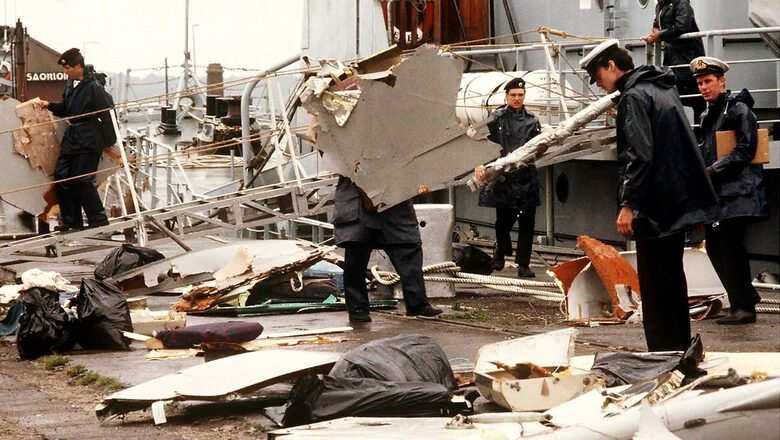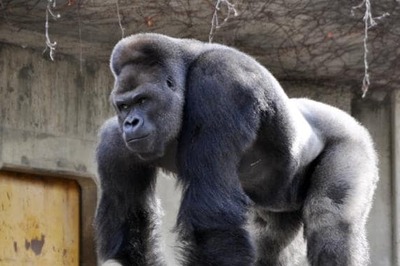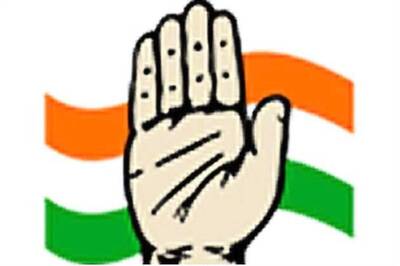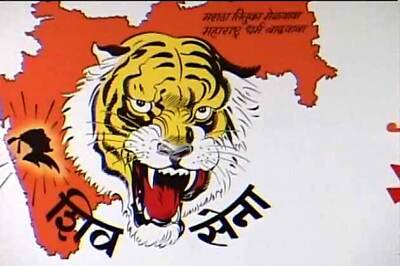
views
Canada’s lackadaisical approach to Khalistani activity on its soil has been the latest cause of the diplomatic rift between India and Canada. Canada’s ignorance to the Khalistani problem is not new and it led to the Kanishka bombing in 1985, when Prime Minister Justin’s father, Pierre Trudeau, didn’t pay heed to India’s intelligence inputs before the tragedy.
The investigations and multiple revelations on the bombing, that killed all 329 people on the Air India Flight, later revealed the failure of the Canadian government and how the spy agency Canadian Security Intelligence Service (CSIS) ignored many early warnings.
Kanishka Bombing Due to Intelligence Failure
The Air India Flight 182, flying from Montreal to London with its final destination to Delhi, exploded on June 23, 1985 after Khalistani terrorists fitted it with a bomb inside the plane.
The Canadian intelligence agency had the information that could have prevented the Kanishka bombing, a report in The Washington Post revealed. However, the Canadian Security Intelligence Service pulled back an agent who had infiltrated the militant group days before the bombing.
Talwinder Singh Parmar, the founder of the Sikh militant group Babbar Khalsa International, was later named as the mastermind of the 1985 Air India bombing.
Early Warnings
Documents revealed during the inquiry years after the blast revealed that Air India’s head office in Mumbai had advised the Royal Canadian Mounted Police (RCMP) on June 1, 1985 that it feared Sikh terrorists could try to blow up a plane using bomb planted in checked baggage.
The RCMP then asked the spy agency Canadian Security Intelligence Service (CSIS) for an updated threat assessment. However, it didn’t pass the new warning received from Air India to the spy agency.
A 2010 investigation report not only blamed the Canadian government for its failure to prevent the tragedy, but also revealed a dispute between the RCMP and the spy agency CSIS.
India Sought Extradition of Parmar
Then Indian Prime Minister Indira Gandhi had sought the extradition of Talwinder Singh Parmar in 1982, but Canadian PM Pierre Trudeau rejected the request.
A public apology by Justin Trudeau’s successor Stephen Harper brought the fact that it was the Canadian government’s negligence that led to the death of 329 people.
Parmar, had come to Canada in 1984, after he was released from jail for killing 2 Punjab Police officers. Three years after India’s warning, Parmar masterminded the bombing of Kanishka.
Aftermath of Bombing
Canada began an investigation in the bombing, which went for over 15 years. It was in 2000, more than a decade of bombing that the Canadian police arrested two Sikh terrorists in Canada. A third suspect was arrested was released on bail after a day.
The two arrested men were remanded in judicial custody while Parmar and another person named Inderjit Singh Reyat were declared as co-conspirators. Parmar was shot dead by the Punjab Police in 1992, while Reyat was sentenced to a 10-year imprisonment, according to The Tribune.




















Comments
0 comment